What Exactly is RAG?
Retrieval-Augmented Generation (RAG) is like giving AI a super-powered research assistant. Instead of relying solely on what it memorized during training, RAG allows AI to:
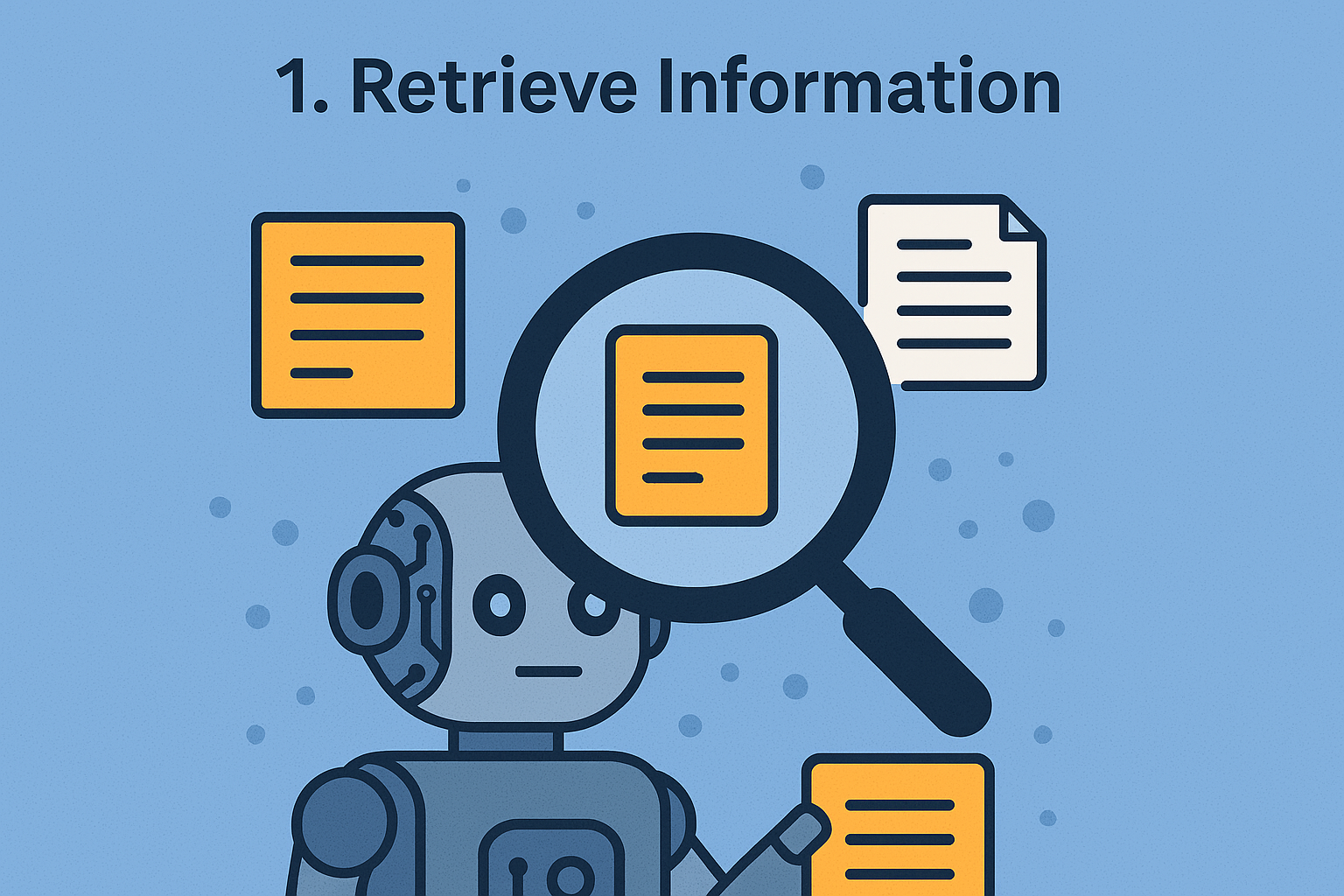
1. Retrieve Information
Find relevant facts from up-to-date sources when you ask a question
- Accesses current documents
- Searches company knowledge
- Identifies most relevant passages
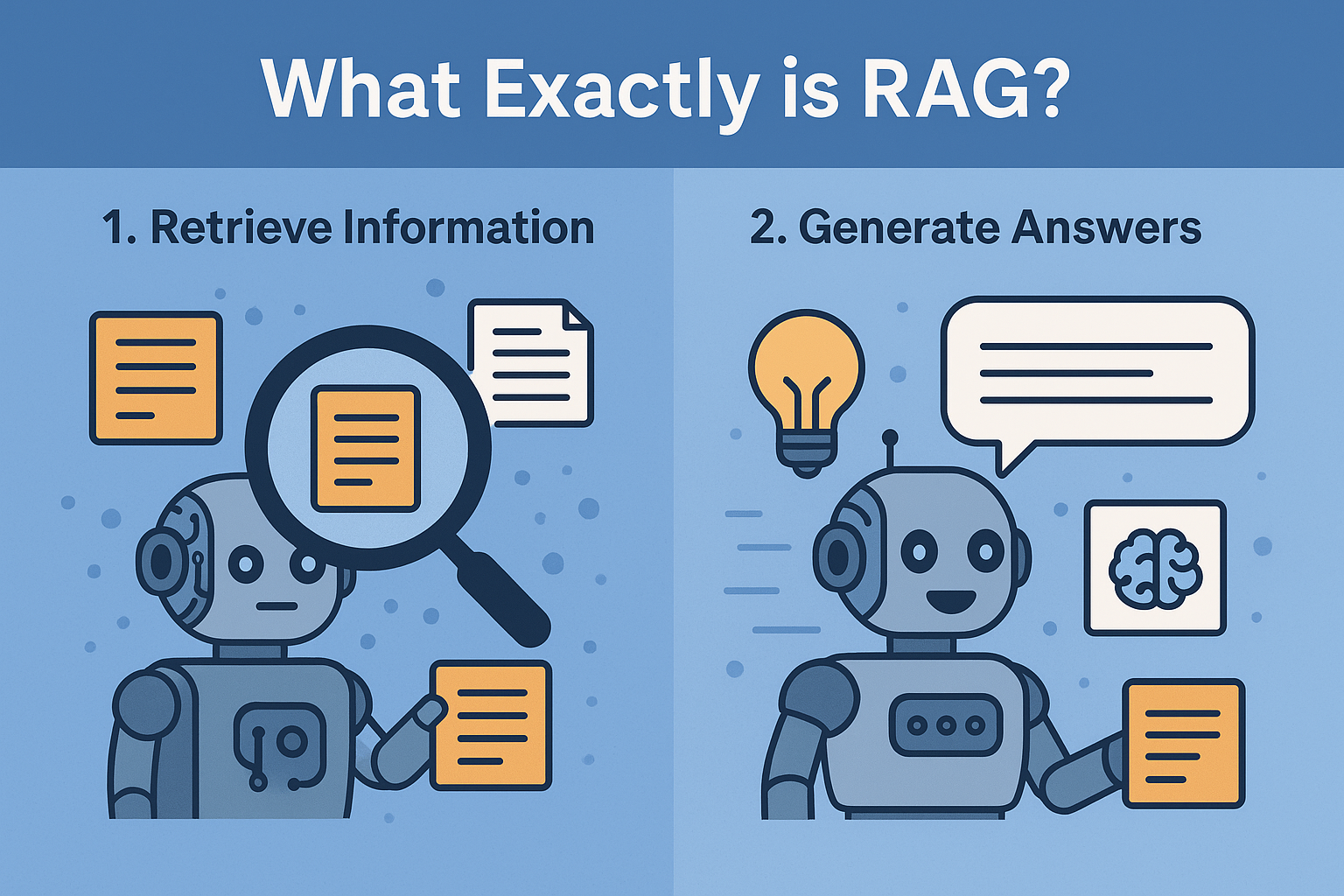
2. Generate Answers
Combine found information with its knowledge to create helpful responses
- Natural language responses
- Cites sources when asked
- Adapts to your writing style
This two-step process results in answers that are more accurate, up-to-date, and trustworthy than traditional AI responses. By combining real-time information retrieval with advanced language generation, RAG systems provide:
Current Information
Always uses the latest data available
Reduced Errors
Minimizes factual hallucinations
Domain Expertise
Leverages your specific knowledge base
The RAG Process: Step by Step
Here's how your RAG system processes information, based on the architecture shown in your diagram:
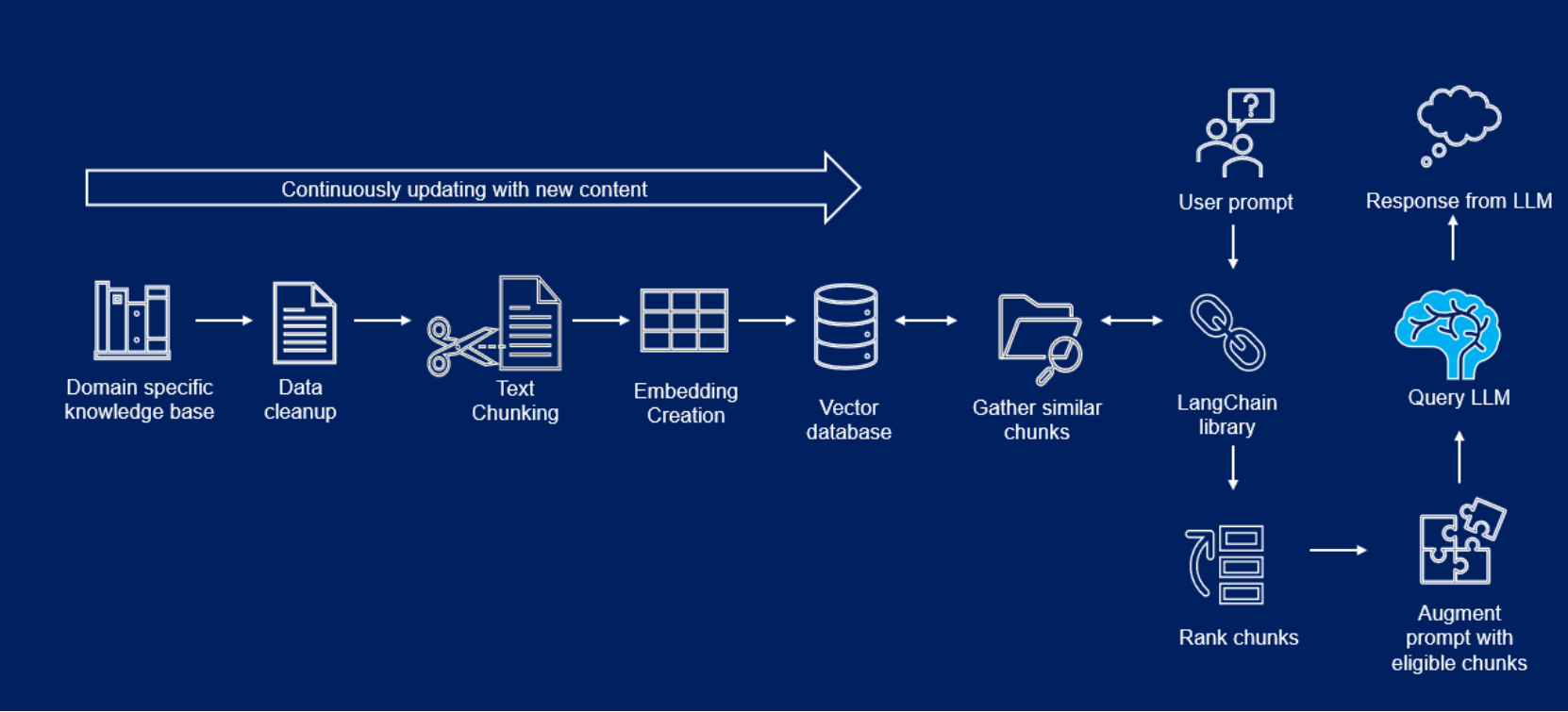
Data Preparation Pipeline
Continuously updated knowledge base: Your diagram shows the left-side pipeline where raw data goes through:
- Data cleanup: Removing inconsistencies and noise
- Text chunking: Breaking documents into manageable pieces
- Embedding creation: Converting text to vector representations
- Vector database: Storing embeddings for quick retrieval
User Query Processing
When a question arrives: The top-right portion of your diagram shows:
- The user prompt is converted to a vector using the same embedding model
- The system identifies similar chunks from the vector database
- LangChain library helps manage the retrieval process
Context Augmentation
Middle section shows:
- Retrieved chunks are ranked by relevance
- Most eligible chunks are selected (typically top 3-5)
- Original prompt is augmented with this context
Response Generation
Bottom-right portion completes the flow:
- Augmented prompt goes to the LLM
- Model generates answer using both retrieved info and its training
- Final response is returned to the user
Why RAG Beats Traditional AI
Traditional AI models have limitations that RAG solves:
| Problem | Traditional AI | RAG Solution |
|---|---|---|
| Outdated information | Only knows what it was trained on | Can access current documents |
| "Hallucinations" | Makes up answers when unsure | Grounds answers in real sources |
| Company knowledge | Doesn't know internal documents | Can reference your specific files |
| Transparency | No way to check sources | Can show where info came from |
6 Types of RAG Systems
Different situations call for different RAG approaches:
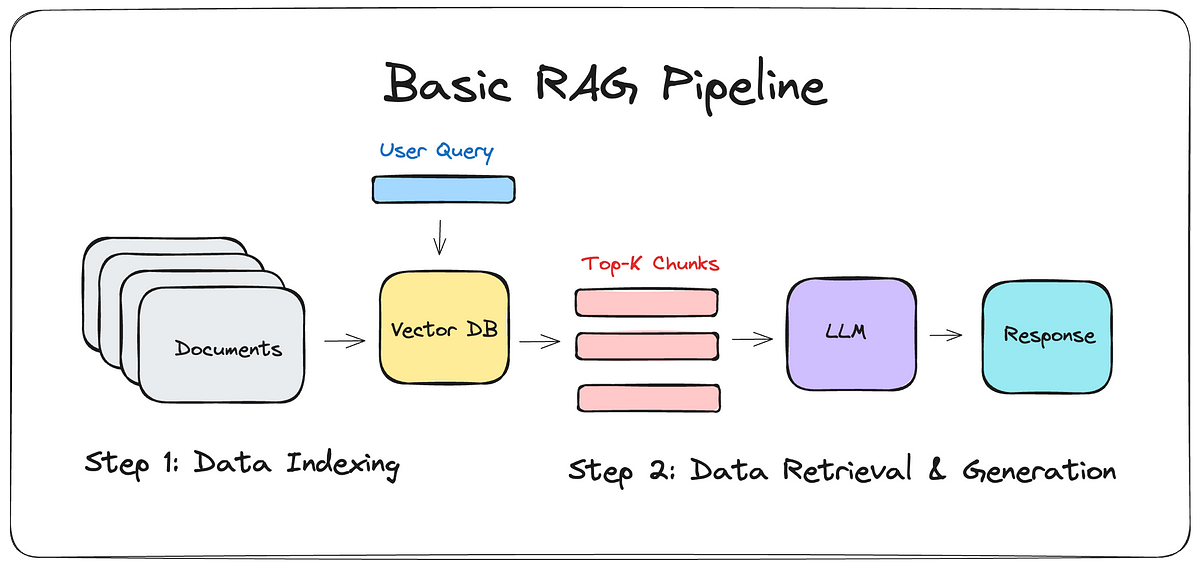
1. Basic RAG
The standard retrieve-and-generate approach
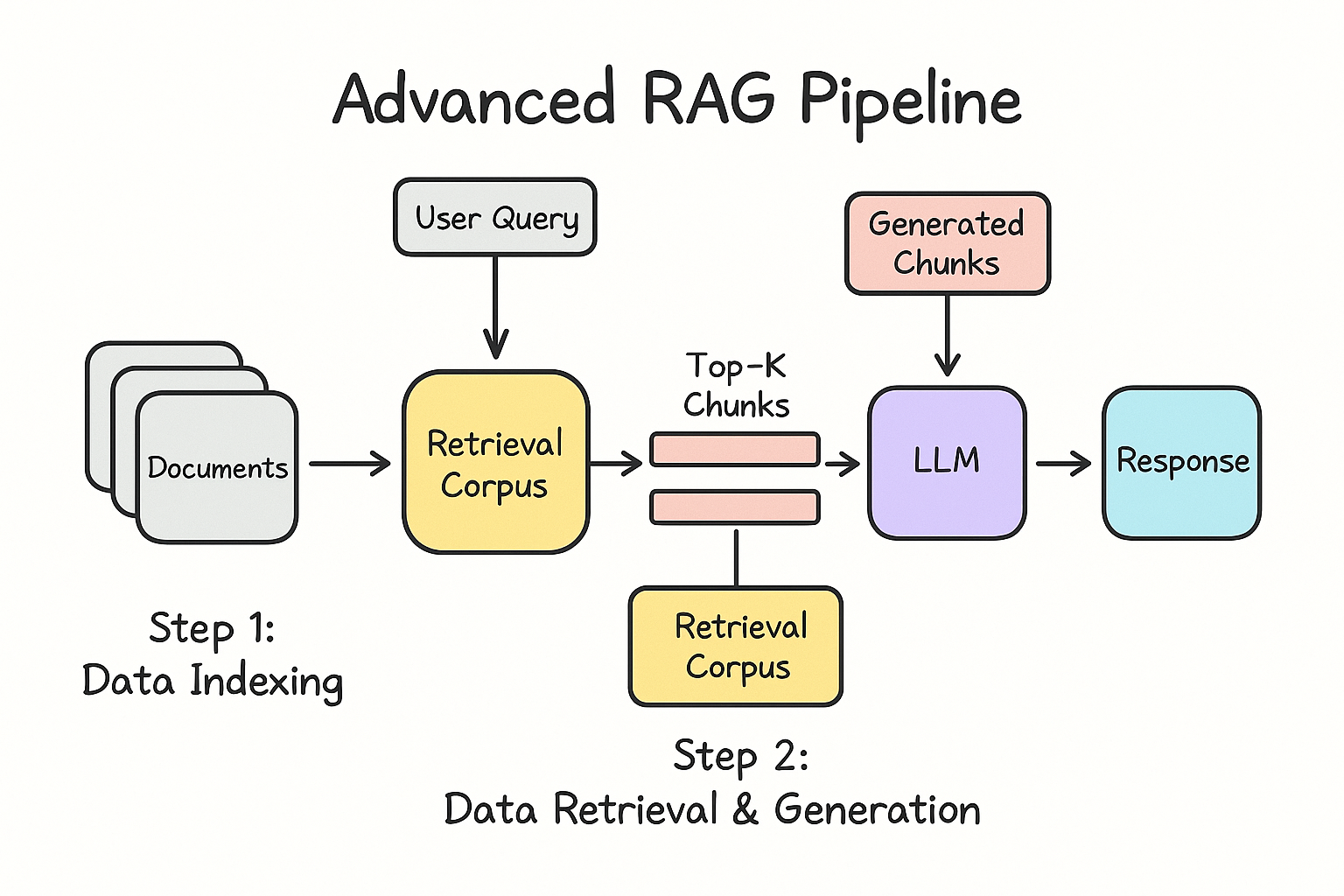
2. Advanced RAG
Improves searches with query optimization
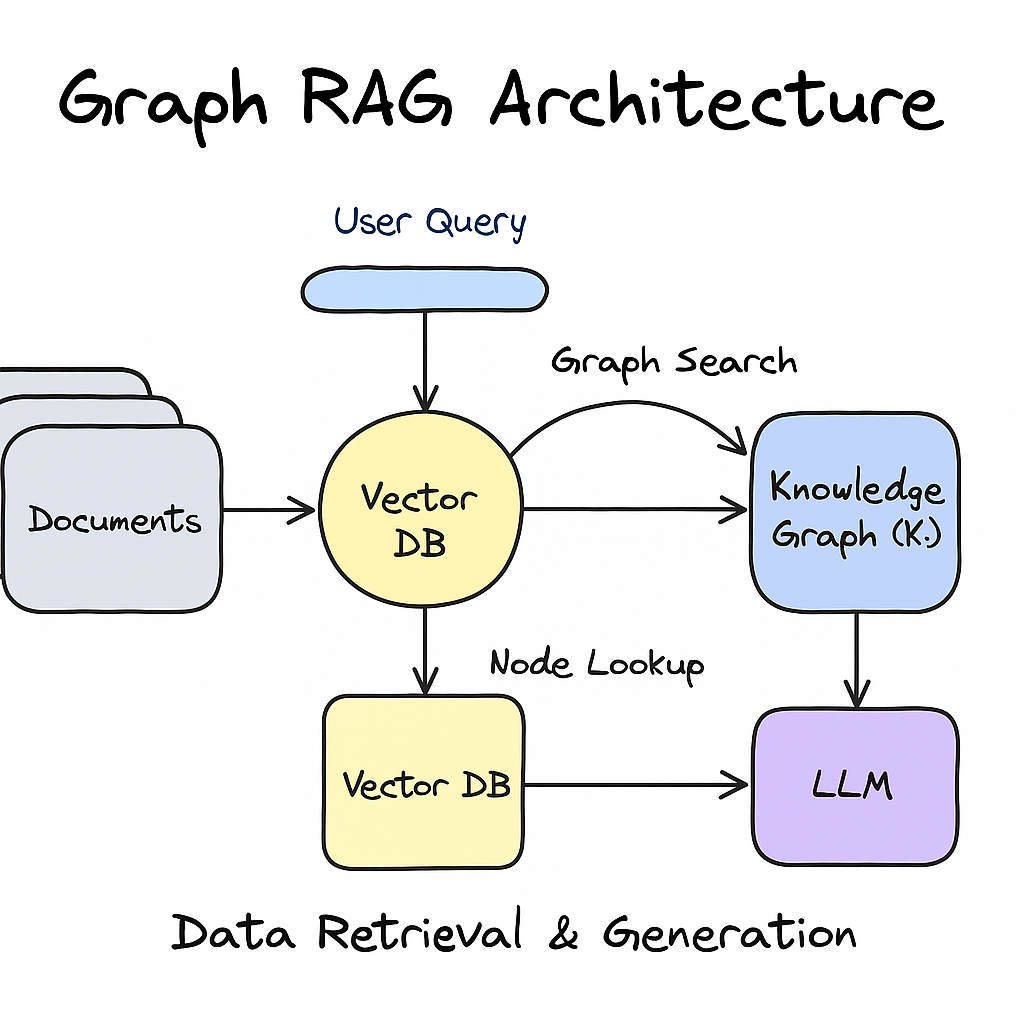
3. Graph RAG
Uses knowledge graphs for smarter connections
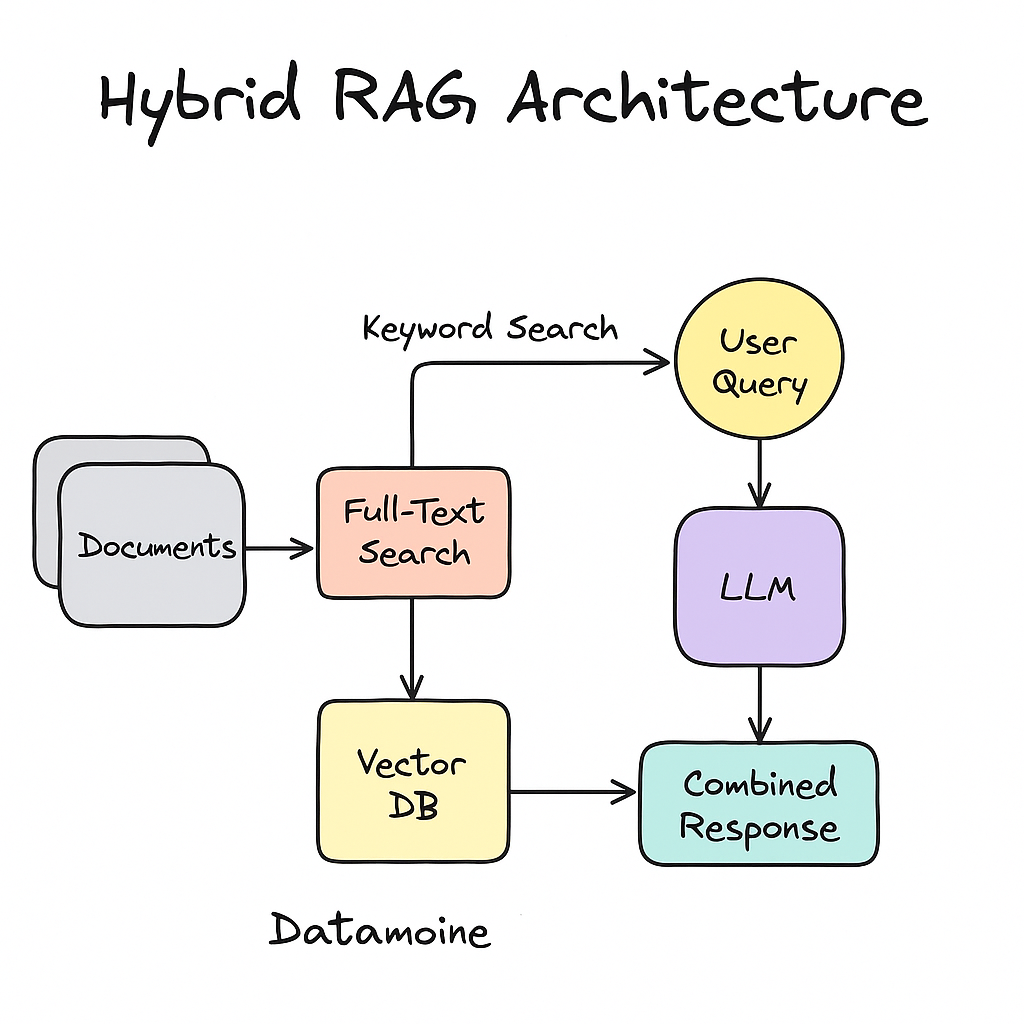
4. Hybrid RAG
Combines multiple search methods
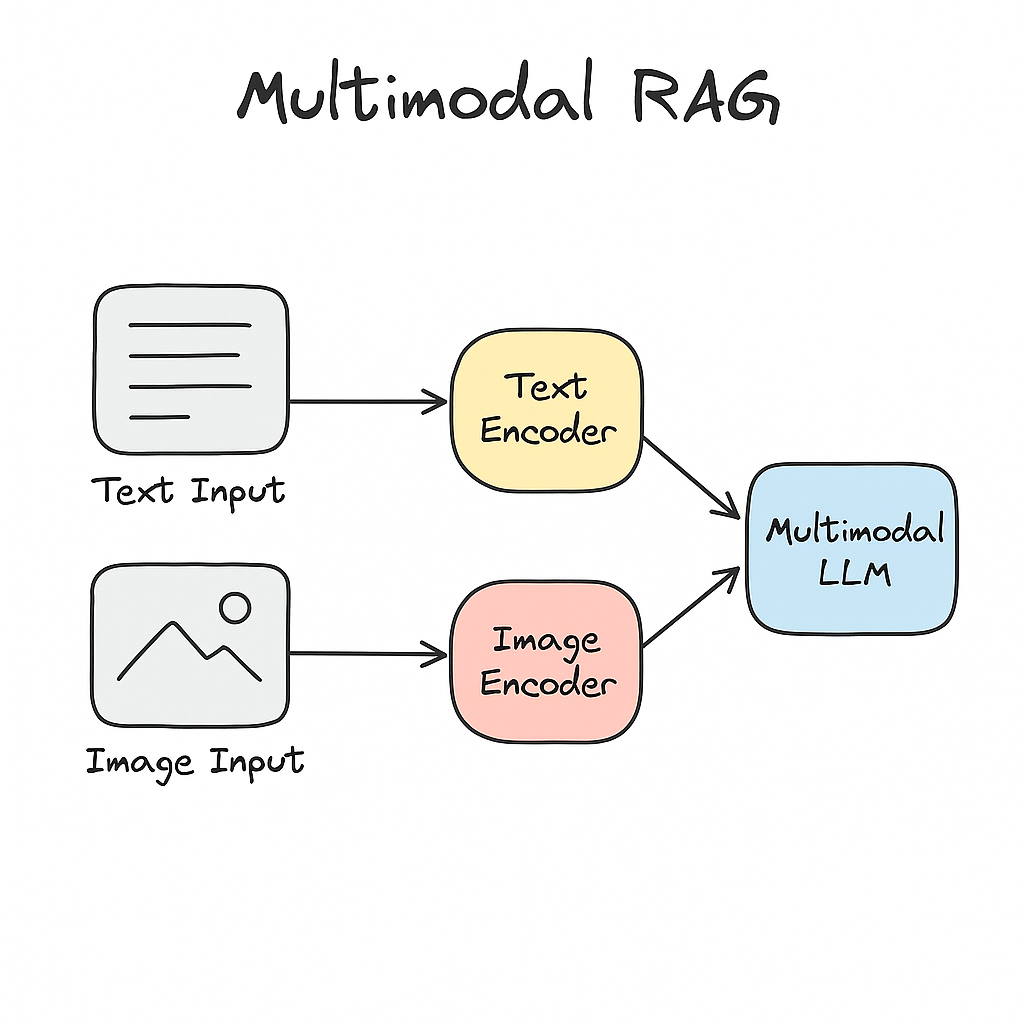
5. Multimodal RAG
Works with both text and images
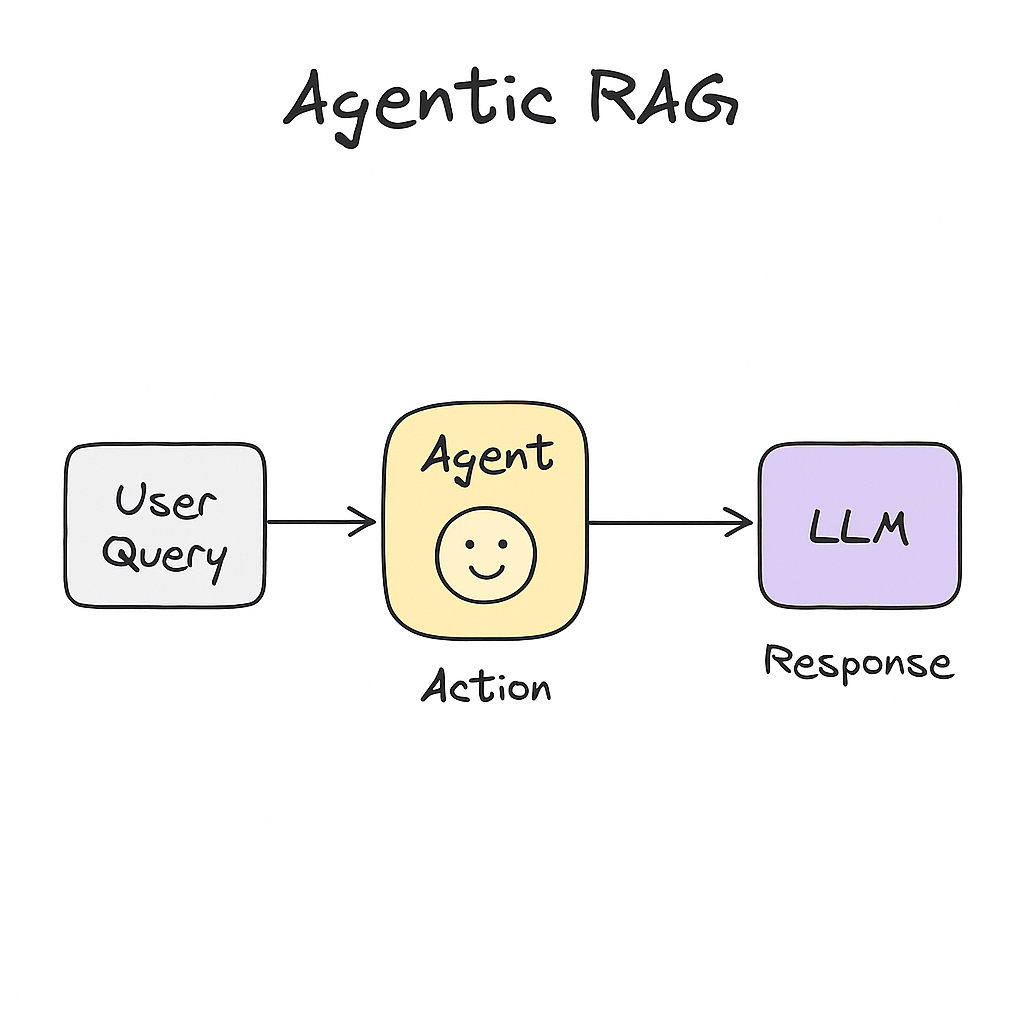
6. Agent RAG
Uses helper programs for complex searches
Detailed explanation of each RAG with code will come soon. STAY TUNED
Where You'll See RAG in Action
RAG is transforming industries with more accurate AI assistance:
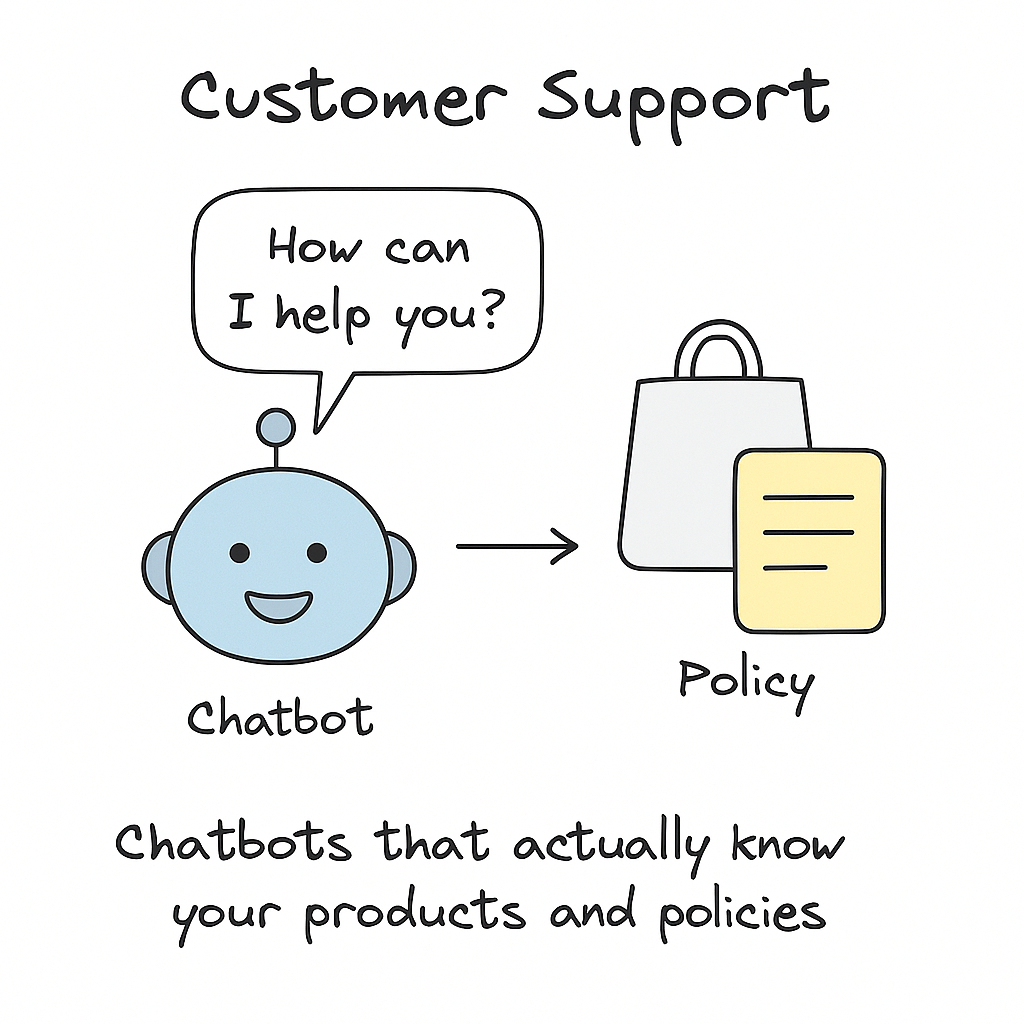
Customer Support
Chatbots that actually know your products and policies
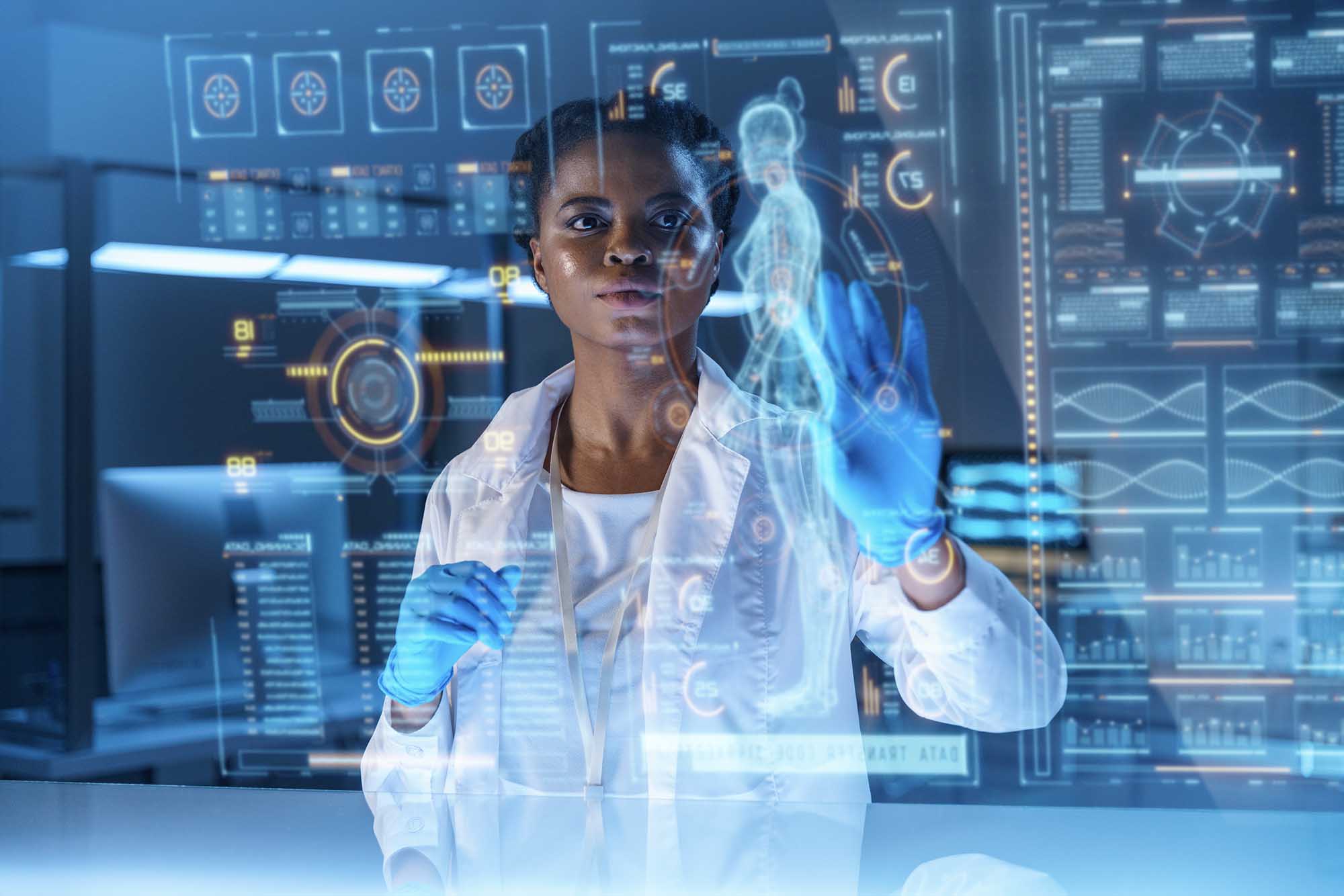
Healthcare
AI that references the latest medical research
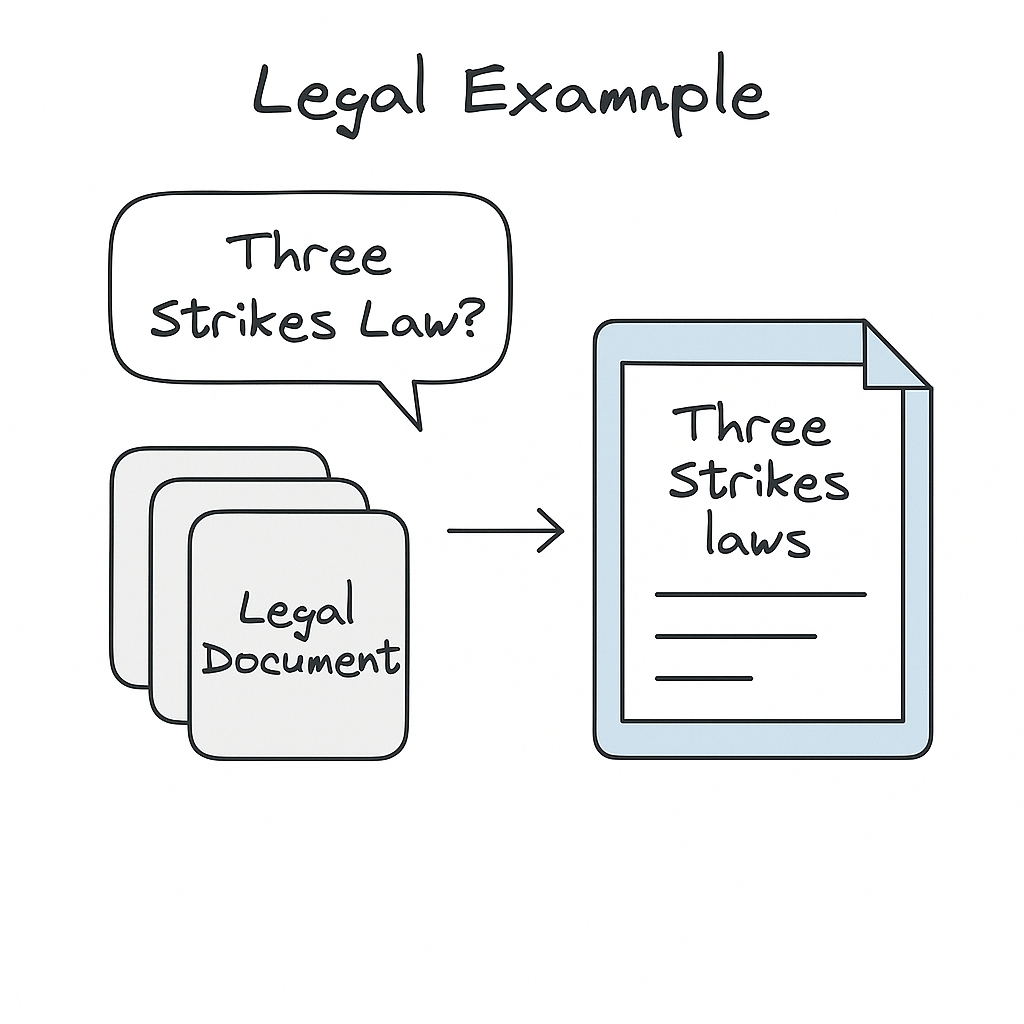
Legal
Quick case law references and contract analysis
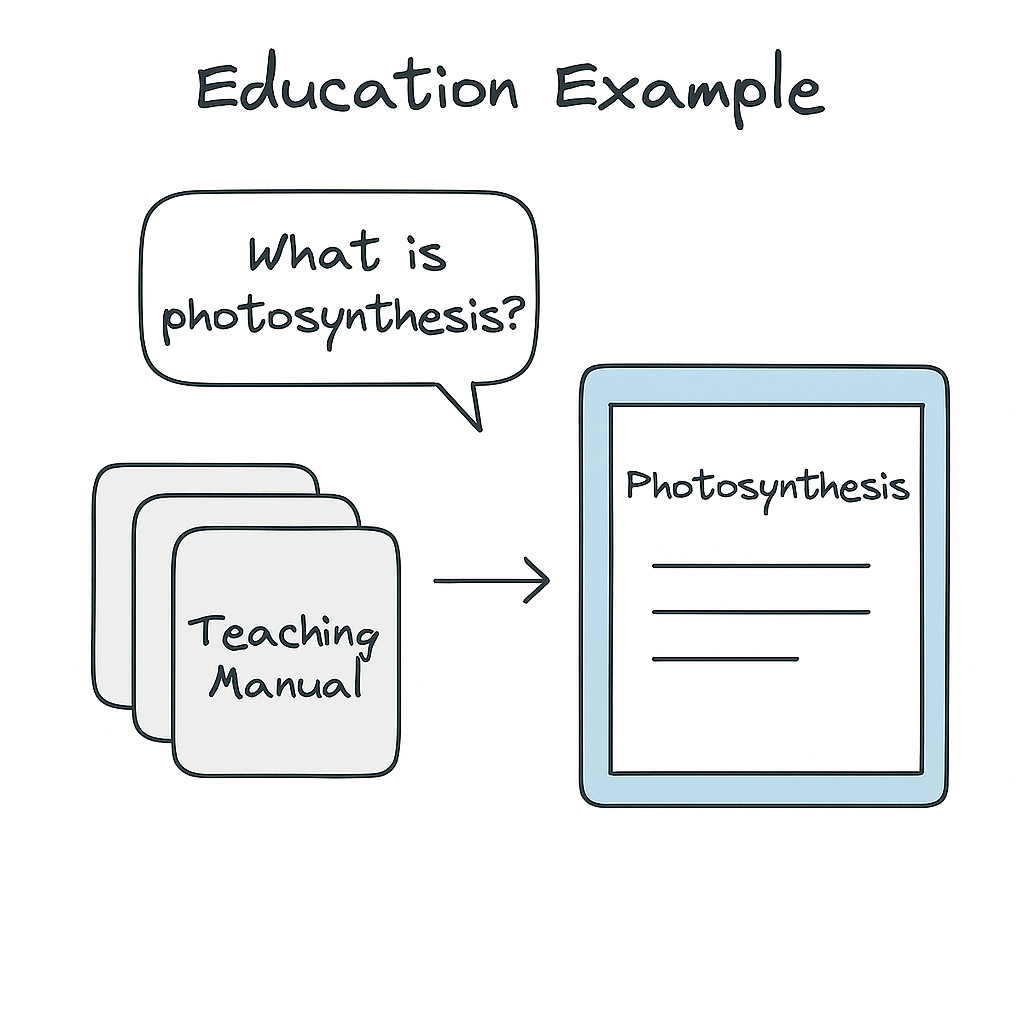
Education
Tutoring systems with access to learning materials
Ready to See RAG in Action?
This technology is transforming how businesses use AI every day
Learn How to Implement RAG
Share Your Thoughts
Have questions about RAG or experiences to share? Leave a comment below!
Post a Comment
Reader Comments
Share your thoughts..
No comments yet. Be the first to share your thoughts!